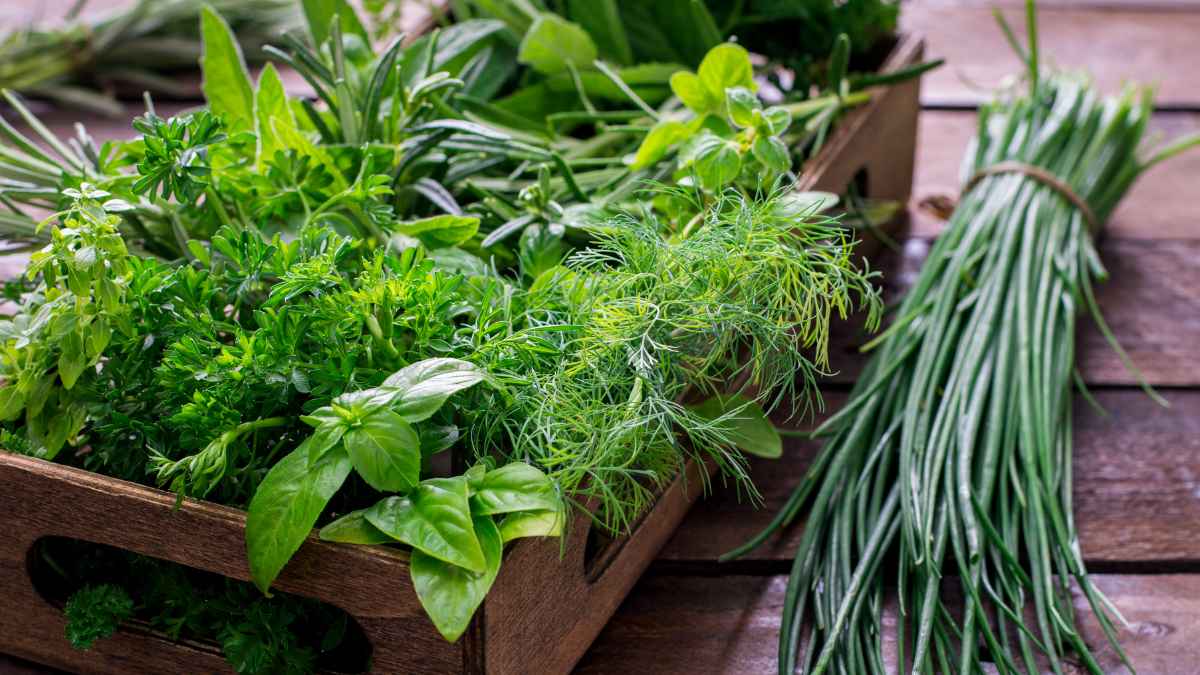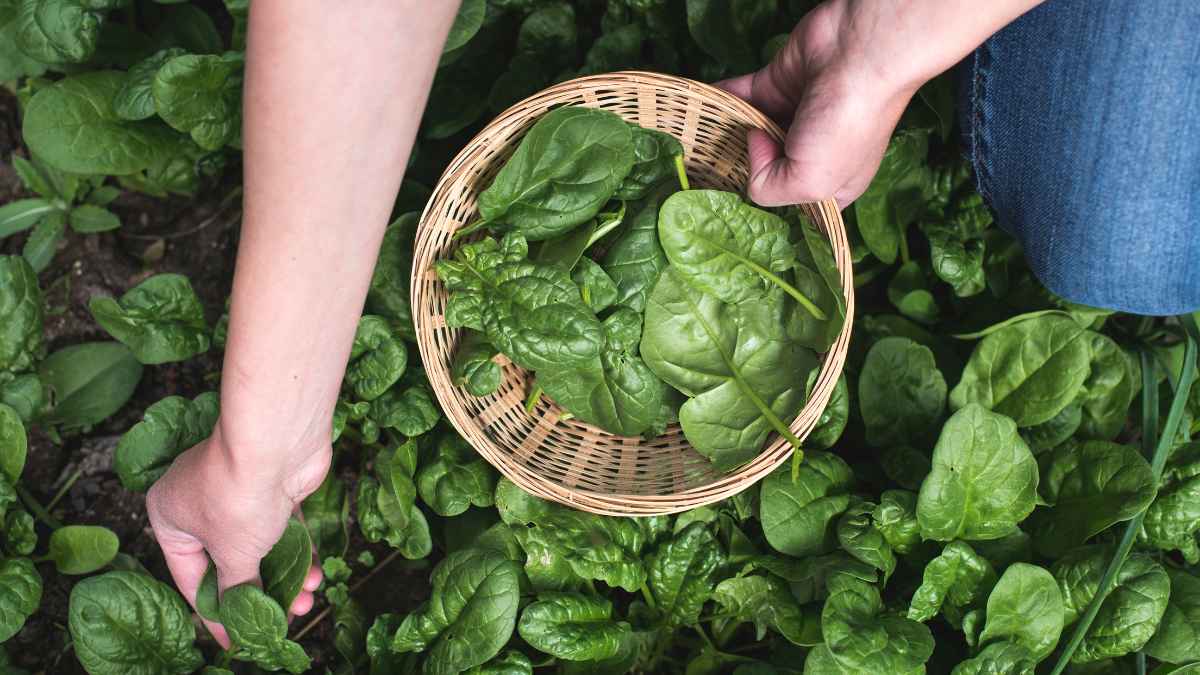
Lisianthus is the epitome of a classy, versatile flower. With ruffled petals and elegant buds in various colors, this delicate-looking bloom is prized for its beauty and ability to hold up as a cut flower.
Planting Lisianthus
Timing and Placement: Plant lisianthus transplants two to four weeks before the last spring frost to allow them a period of excellent soil. Space the plants 4 to 6 inches apart for optimal growth, positioning them slightly higher than the soil level.
Soil Requirements: Lisianthus thrives in neutral or slightly acidic (pH 6.5-7.0) and well-draining soil enriched with compost.
Lisianthus Care:
Plant lisianthus in an area that receives full sun for six to eight hours daily.
Soil and Water: Lisianthus prefers well-draining soil enriched with organic matter like compost or leaf mold. The soil should remain moist but not wet. Water as soon as the soil feels dry, avoiding moisture on the leaves. A soaker hose can be an excellent addition to the garden bed to help maintain consistent moisture levels.
Temperature and Humidity: Lisianthus is a heat-loving, drought-tolerant plant that prefers low humidity. It doesn’t tolerate high moisture well and is prone to developing diseases in such conditions.
Fertilizer: Regular feeding benefits lisianthus, so we recommend a commercial flowering plant fertilizer with more potassium than nitrogen every other time you water during the blooming period.
Pruning: Deadheading lisianthus encourages more blooms. In areas where it can be grown as a perennial, cut it back to the ground in winter and cover it with mulch. In extremely low temperatures, a row cover is used for added protection.
Visit our blog for more tasty recipes and gardening tidbits!








